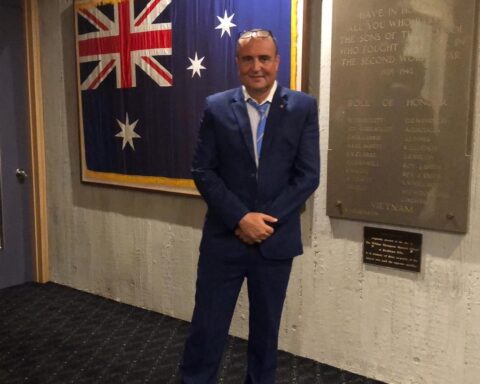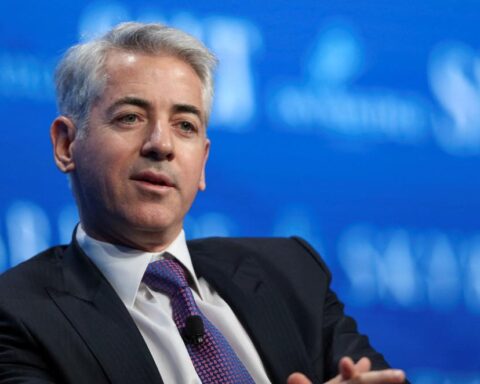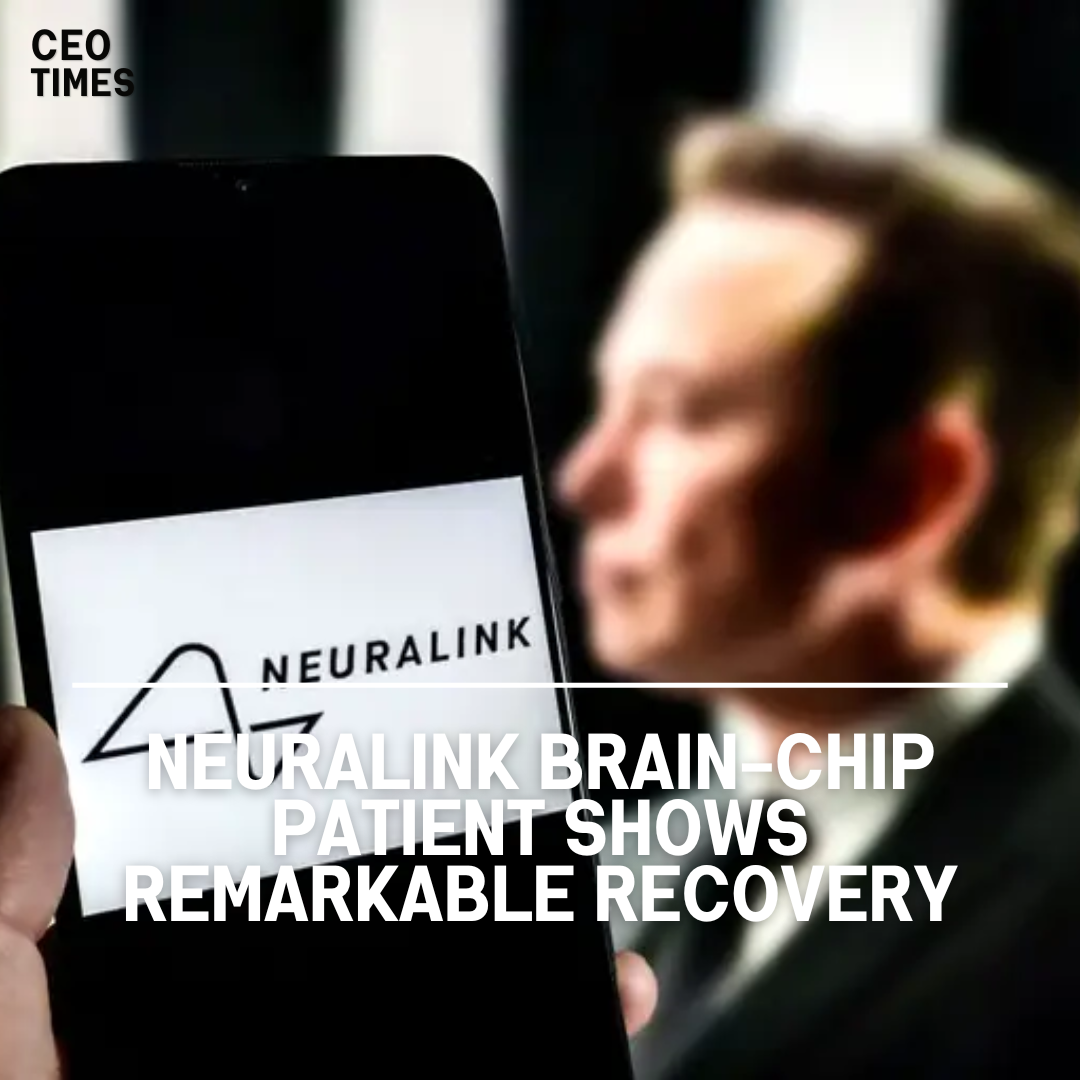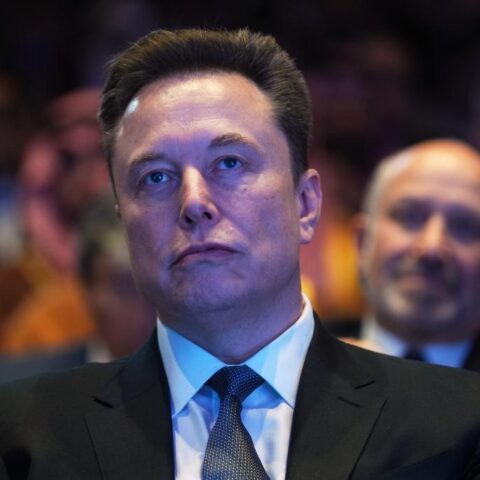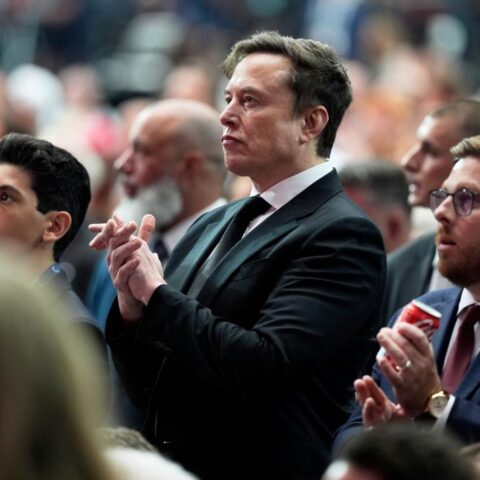Elon Musk, the founder of Neuralink, announced on Monday that the first human patient implanted with the company’s brain chip appears to have fully recovered and can control a computer mouse using their thoughts.
This development marks a significant milestone in Neuralink’s innovative endeavors.
Positive Progress and Functional Ability:
Musk expressed optimism about the patient’s progress, noting that there have been no reported adverse effects and that the individual can effortlessly navigate a computer screen solely through mental commands.
The successful outcome underscores the potential of brain-computer interface technology in revolutionizing human-computer interaction.
Continued Experimentation and Optimization:
Neuralink is actively engaged in further experiments to maximize the patient’s ability to perform tasks such as mouse button clicks through neural signals.
The company’s relentless pursuit of advancements in brain-chip technology underscores its commitment to pushing the boundaries of innovation.
Also Read: Nikkei’s Surge Signals Japanese Stocks’ Resurgence in Global Portfolios
Research and Development Process:
The implantation of the brain-computer interface chip in the patient represents a culmination of Neuralink’s extensive research and development efforts.
The company’s approach involves utilizing robotic assistance to precisely place the implant in the brain region responsible for motor control, paving the way for groundbreaking applications.
Vision for Medical Applications:
Elon Musk has articulated ambitious plans for Neuralink, envisioning its potential to address a range of medical conditions, including obesity, autism, depression, and schizophrenia.
The technology holds promise for facilitating rapid and minimally invasive surgical procedures to alleviate these conditions, potentially transforming healthcare delivery.
Scrutiny and Safety Concerns:
Despite its groundbreaking achievements, Neuralink has faced scrutiny and questions regarding its safety protocols.
Recent reports of regulatory violations highlight the importance of ensuring stringent adherence to safety standards in developing and deploying advanced medical technologies.

